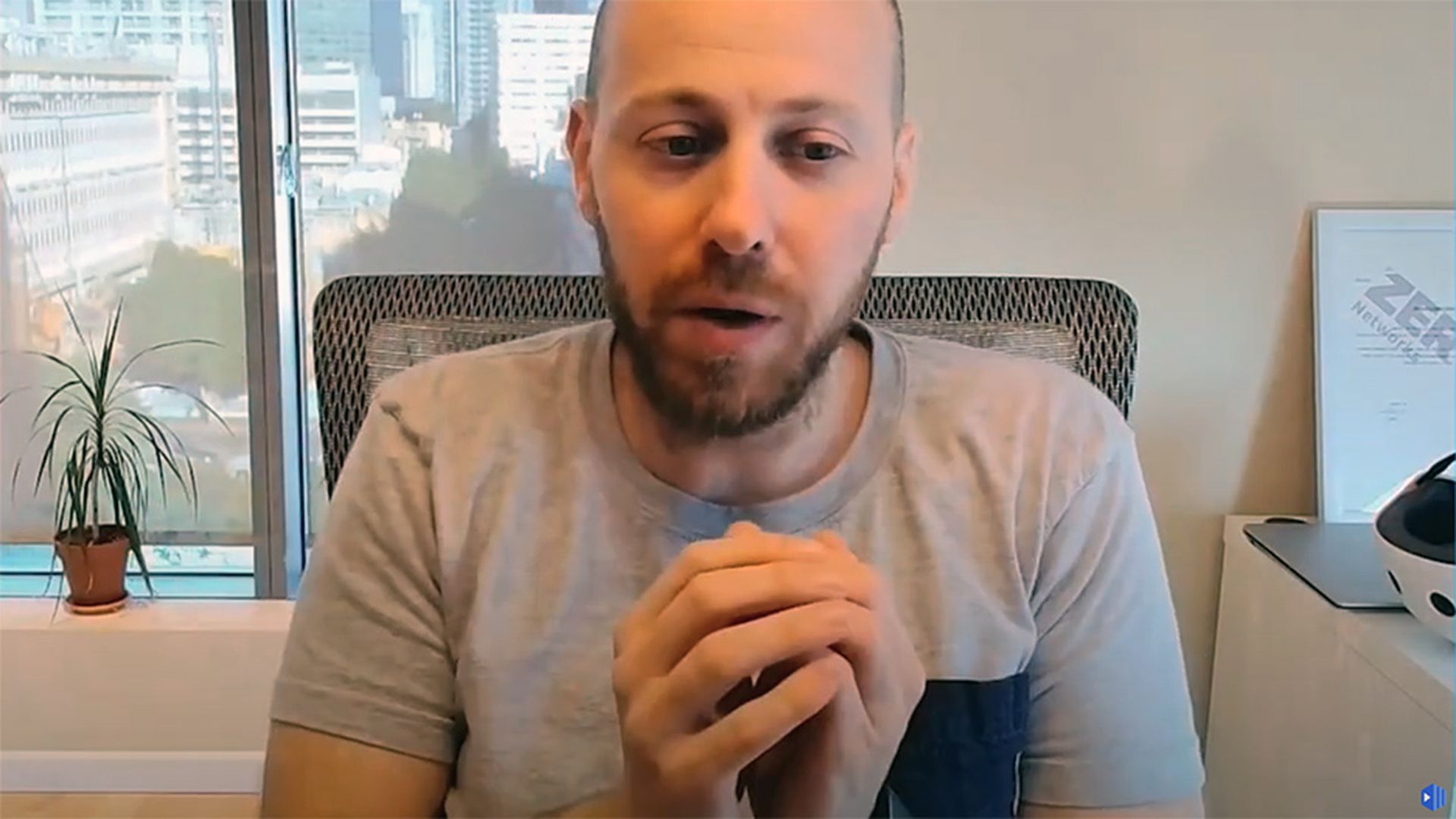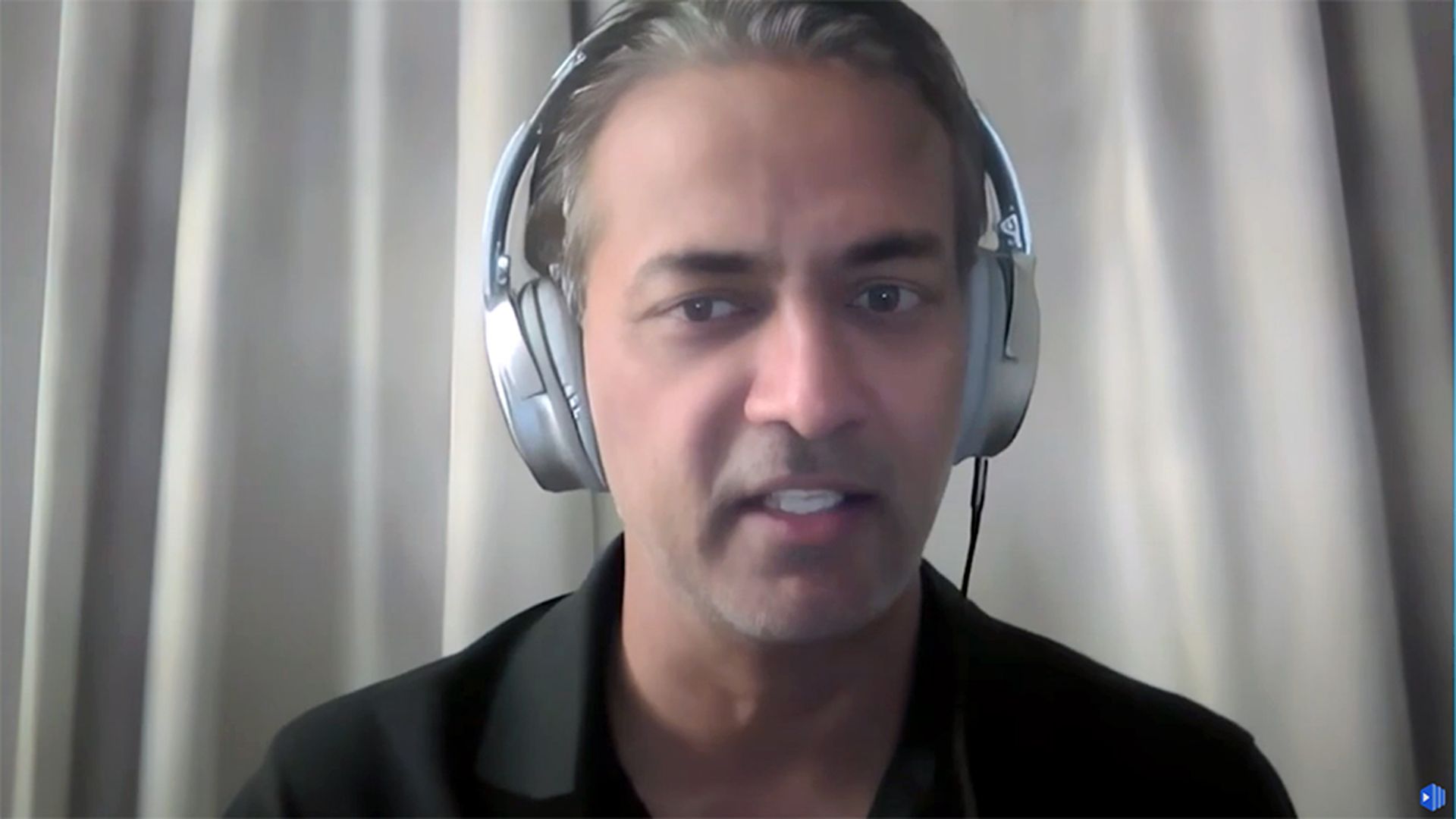
During one of my "Office Hours" sessions, one leader raised the challenge of trying to develop your team.
“It’s hard enough to develop people,” they explained, “but now everyone is remote, there are no in-person classes, and we don’t have any resources.”
The security industry struggles with development
It seems we struggle with creating entry-level pathways as much as we do with developing the skills to progress in your career. Mostly, we seem to let people fumble through the process until they gain enough skills to find another job.
Under constant pressure to perform, it seems easier to just hire people with experience than figure out the right blend of training and development to help people grow, contribute and earn recognition.
Sometimes the real challenge is we’re not sure how to develop ourselves, let alone guide others through the process. But as leaders, we need to develop ourselves before we can effectively develop our team.
Development is more than training
Make no mistake, training is important. Training — whether in a classroom or on-the-job — focuses on teaching specific skills in a short period. We rely on training to build skills.
How often have you enjoyed a training class, only to get back to work the next week and realize you can’t implement anything you learned?
Even with the best of intentions, transferring the new skills into an existing environment is often overwhelming.
That’s where development kicks in.
Development is applying those skills consistently in our unique environment.
The ideal is to get a little better every day, despite the challenges that naturally get in our way. Through the development process, you gain new skills and learn how to put them to use, too.
As leaders, it’s our responsibility to elevate our teams by providing each person with the development they need to grow, contribute and earn recognition.
The challenge of development creates opportunity
As leaders, we grow by solving hard problems. For many, figuring out development is a hard, complex problem to solve.
If you’re the leader who embraces the problem of how to successfully and consistently develop their team, then you create massive value for each person and the team overall.
Growth opportunities for individuals build overall coverage and expand the capability and capacity of the team, making it even easier to connect security to business results.
As an added benefit, strong development programs stand out, making it easier to keep people and find new folks, when needed.
Miss the mark, though, and people get stagnant. Instead of expanding coverage and delivering value faster, folks leaving the team create gaps in coverage and slow down your progress.
Get started: how to develop your team
Sometimes, the easiest path is to offer people what they want. If they don’t know what they want, then design a series of varied tasks and activities. Engage them with different parts of the team (if your team is big enough), other teams, and other parts of the organization.
Consider this in three steps:
- Figure out what people want (align with their interest)
- Determine how to help them grow while getting what they want
- Map out and help them take the best next step
Based on each person’s path, explore situations and opportunities to help them gain the experience necessary to inform better decisions and insights.
Often, this means offering activities and tasks that create fresh problems for them to solve, increasing their value as they grow.
I enjoy offering purposeful cross-pollination/cross-training exercises to blend the team together and give everyone a chance to teach, learn, and try new things.
The challenge for most is learning to delegate to elevate. It means letting go just enough for the folks on your team to work through and solve the problems.
What about development resources?
The frustration expressed in Office Hours felt more like a lack of budgets or ways to train people, based on how we used to do it. But the reality is we don’t lack quality resources, many of them available for free or low-cost.
Development is a consistent practice, and it requires time.
Whether free or paid, the real challenge is creating the safe space, structure, and help to translate resources into practical, applied experience. Folks need time to experiment, learn from their actions, and measure their progress.
Consider ways to support your team regularly:
- Can you set up a lab?
- Can you offer some instruction?
- Can you invite experienced folks in to share insights and help guide the team?
I like it when teams dedicate specific days and times to their development. Maybe it’ll work for you, too.
This is not only a neat thing to do, it’s precisely the purpose of leadership. Set the destination, chart the path, lead the way, and elevate people on the journey.
You don’t need resources to do this. You just need to know how to develop yourself and use what you’ve learned to develop others.
You got this.



